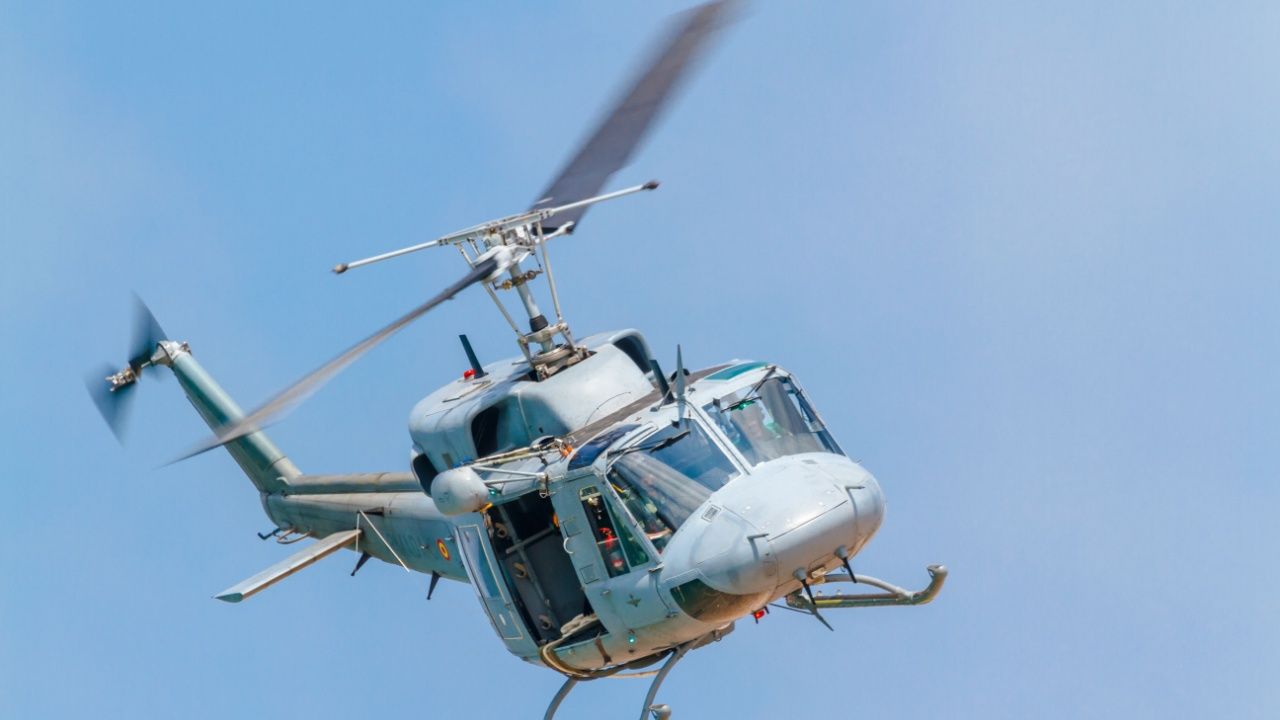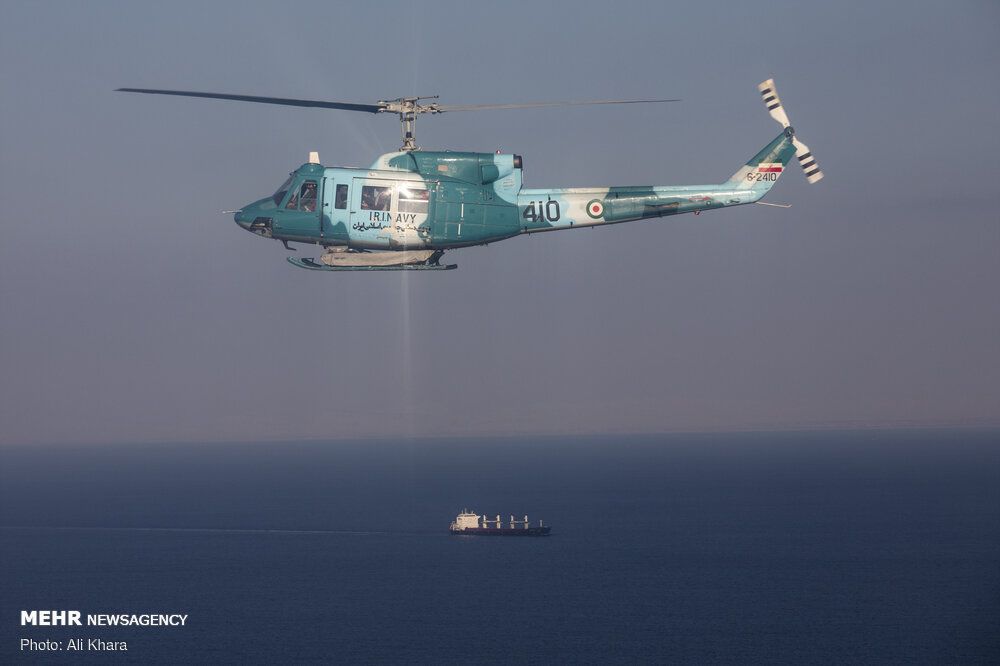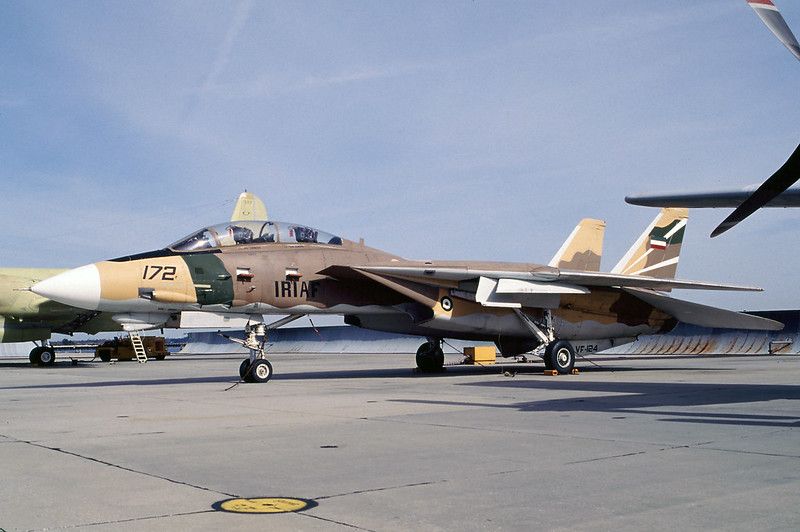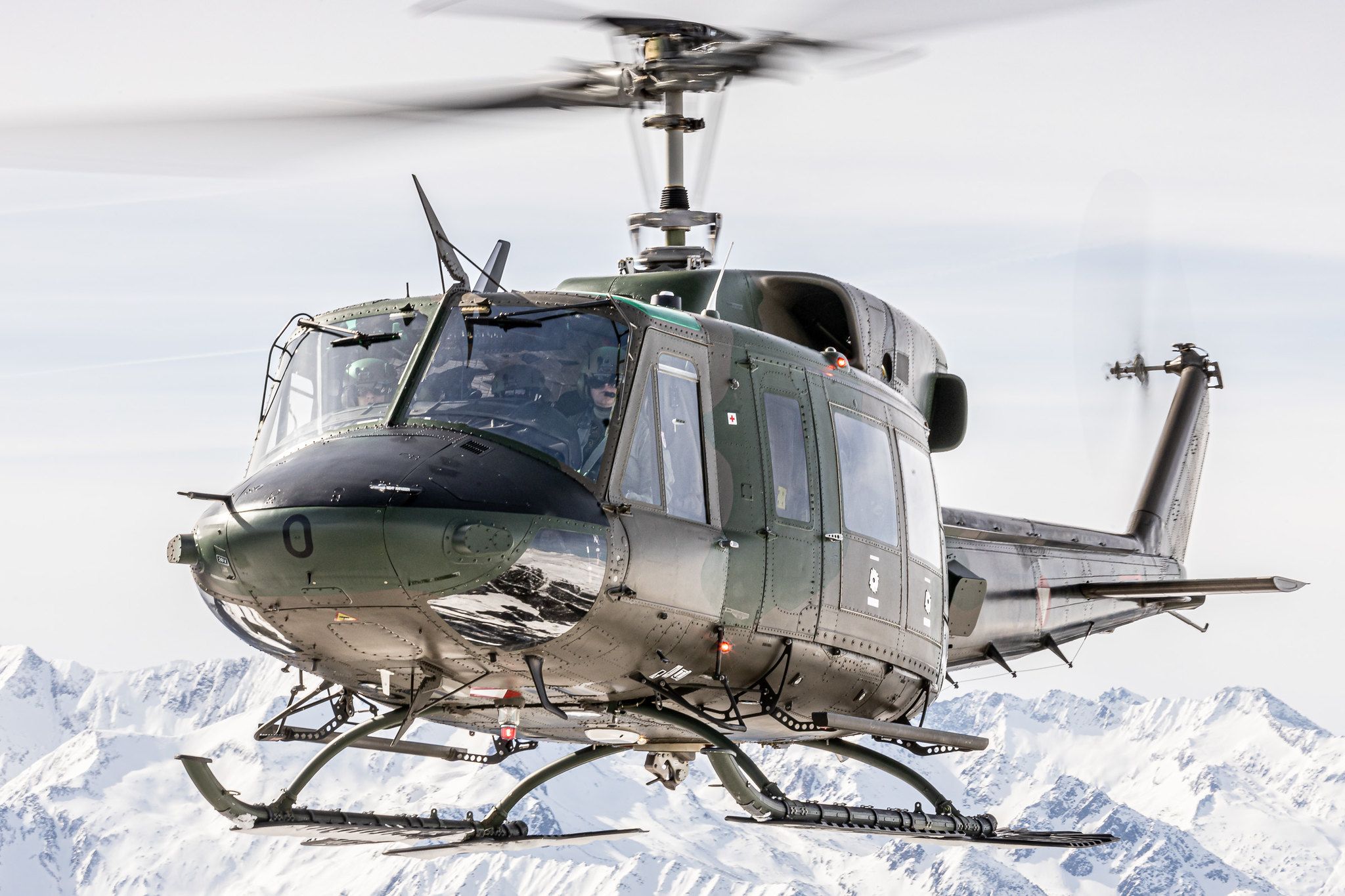Summary
- Iranian President Raisi died in a helicopter crash in northern Iran after visiting Azerbaijan.
- Iranian search and rescue, with Turkish help, found the crash site of the Bell 212 helicopter.
- Other important officials who died in the crash include the Foreign Minister and provincial Governor.
The Iranian president, Ebrahim Raisi, died after his Bell 212 helicopter crashed in foggy weather in northern Iran. Ebrahim was returning onboard the helicopter after meeting the President of Azerbaijan in Azerbaijan and attending the opening of the Qiz Qala Si dam. The Bell 212 is a medium helicopter that first flew in 1968. It was sold to Iran by the United States in large numbers before the 1979 Revolution. Today, the Iranian Air Force is mostly made up of older pre-revolutionary aircraft that are kept flying despite decades of sanctions against Iran.
Iran president dies in helicopter crash
Iran President Ebrahim Raisi has now been confirmed dead after his helicopter crashed in the mountains of northern Iran. According to Press TV, he had visited the opening of a dam built jointly by the two neighboring Muslim states on the Aras River at the Azerbaijan and Iran border. The visit was significant as the relationship between Iran and Azerbaijan has been frosty at best.
The Bell 212 helicopter was one of three traveling in a convoy at the time. It took Iranian search and rescue hours to find the crash site of the helicopter. Eventually, Iran asked Turkey for assistance, who then seemed to have found the helicopter crash site using a Turkish Bayraktar AKINC drone. It has now been confirmed no one survived the crash.
Iran President Ebrahim Raisi was not the only important official who died in the helicopter crash. Others include Foreign Minister Hossein Amir Abdollahian, Governor of Eastern Azerbaijan province of Iran, Malek Rahmait, and the important northern Iranian city of Tabriz’s Friday prayer Imam Mohammad Ali Alehashem. Others on the helicopter included the pilot, copilot, crew chief, head of security, and another bodyguard.
No comment has been made on the cause of the crash at the moment (although many online have been quick to point fingers baselessly). It should be noted that the helicopter was old (and maintenance in the face of sanctions is questionable), while the weather conditions at the time of the crash were foggy. The Iranian Foreign Minister has also been reported to have blamed the US for not supplying parts of the helicopter.
According to Aviation Safety, the Bell 212 that just crashed was an Islamic Republic of Iran Air Force (IRIAF) Bell 212, operated by the VIP Squadron. The exact registration number and date of manufacture are unclear at this time.
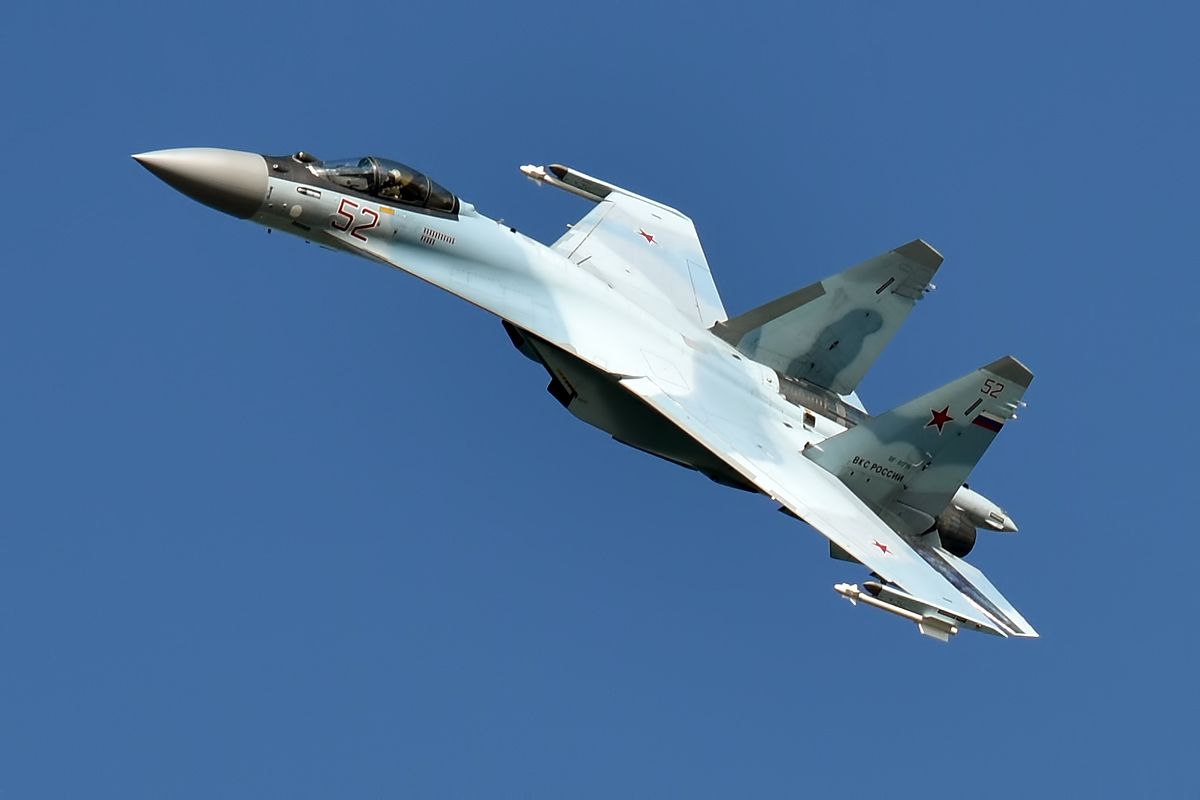
Related
Analysis: Will Iran Get Its Su-35s From Russia?
Russia proposes to upgrade the Iran’s fighter jet fleet with the Su-35. But what’s the truth vs. the propaganda behind this story?
Who will take over
While the President is not seen as the real holder of power in Iran, it is still a prominent and influential office. Ayatollah Ali Khamenei is the Supreme Leader of Iran and is seen as the most powerful figure in the Islamic Republic. However, Khamenei is now aged 85, and Iranian President Ebrahim Raisi (aged 63) had been seen as a potential successor.
The First Vice President, Mohammad Mokhber, is next in line to the Iranian President (subject to approval by the Supreme Leader, Ayatollah Ali Khamenei). As of the time of writing, it has been confirmed that Mokhber will serve as acting president. An election for Iran’s new president must now be held within the next 50 days.
The Revolution of 1979
The Iranian Revolution of 1979 was a watershed moment in Middle Eastern geopolitics. Prior to the revolution, Iran (ruled by the Shah of Iran) had been a comparatively open society and a staunch ally of the United States and Israel. After the revolution, the hard-line Islamic Republic was created and soon found itself not only the enemy or rival of the United States and Israel but also much of the Middle East. Soon after the revolution, Iran found itself embroiled in the devastating Iran-Iraq War between 1980 and 1988.
Photo: Rob Schleiffert l Flickr
Before the revolution, Iran received some of the most modern weapons from the United States, including the iconic F-4 Phantoms and F-14 Tomcats. However, the country was cut off from maintenance support and parts after the revolution. Somehow, the Iranians preserved and managed to keep their fleets largely operational—Iran is known to still have operational F-14 Tomcats today. Iran has managed to bust sanctions and purchase much-needed parts to keep its fleets operational.
The greatest West Asian helicopter fleet?
Ironically, the Bell 212 crash occurred less than a year after Forbes ran an article entitled “Iran Touts Its Helicopter Fleet. But Its Best Days May Already Be Behind It.” In the article, Forbes stated that Brigadier General Yousef Ghorbani, commander of the Iranian Army Aviation boasted of having the most powerful helicopter fleet in all of West Asia “thanks to its indigenous development of advanced weaponry and equipment.”
Photo: US Air Force
However, the article observed that Iran’s helicopter fleet’s best days may be past. Most of the large fleet Iran possesses was acquired before the 1979 revolution. At one point in the 1970s, the American press even speculated that Iran might have the largest helicopter fleet outside of the United States.
During the 1970s, Iran acquired 205 AH-1J International attack helicopters (an export variant of the SuperCobra), around 100 CH-47C Chinook helicopters, and over 300 Bell helicopters. The most numerous Bell variant was the Bell 212A.
But while Iran may have kept its fighter jets and helicopters flying, it remains another question just how airworthy they are. Additionally, the revolution occurred 45 years ago, so most machines are now around half a century old (and have been through the wear and tear of the Iran-Iran War of 1980-88). These aircraft must only be getting more difficult to service and more dangerous to fly.

